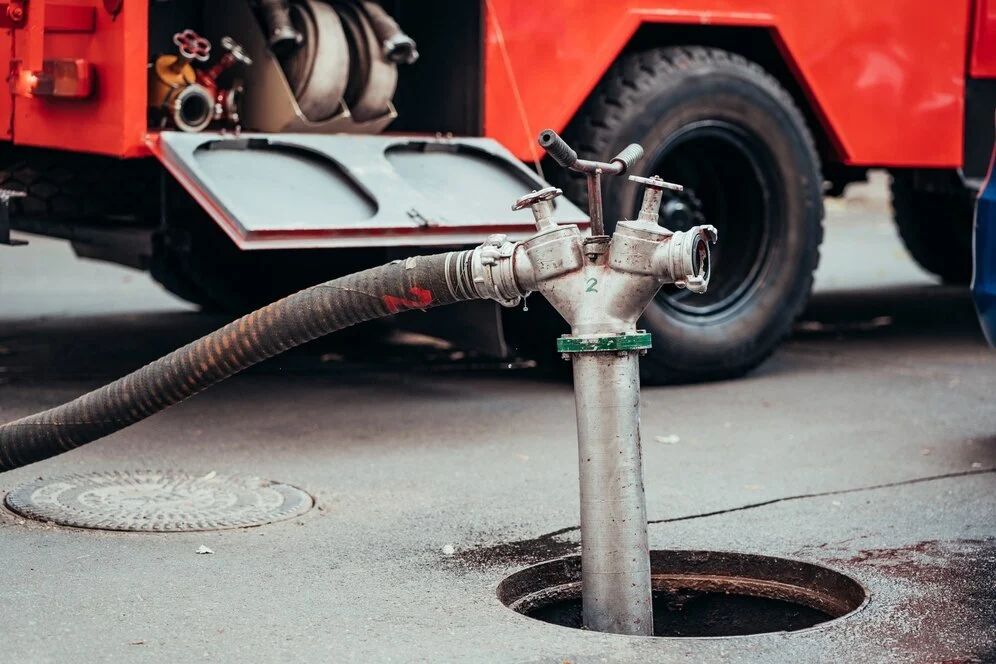Pump stations are crucial components in managing wastewater and drainage effectively within various infrastructures. However, like any mechanical system, they are prone to a range of issues that can disrupt their function and efficiency. Understanding the common problems and knowing how to address them swiftly can save us significant time and money, reducing the risk of extensive damage that could impact broader systems or the environment.
In our journey to ensure seamless operation and maintenance, it is essential to be equipped with the right knowledge and tools. This includes being aware of the typical signs that signal a need for repair, having the necessary tools and materials handy, and following precise, step-by-step instructions for basic repairs. Moreover, it’s crucial for us to recognise when a problem surpasses our repair capabilities and necessitates professional intervention. By focusing on these areas, we can maintain our pump stations in peak condition, ensuring they continue to perform their vital role efficiently.
Identifying Common Issues with Pumping Stations
Maintaining the optimal function of our pumping stations is critical, and identifying common issues is the first step towards ensuring their reliability and efficiency. One frequent problem we encounter is clogging caused by inappropriate materials flushed down the drains. This can lead to reduced water flow or even a complete stoppage. Another typical issue is wear and tear on mechanical components such as seals and bearings, which can degrade due to persistent use and need periodic replacement to prevent pump failure.
Additionally, electrical problems can significantly impact the performance of pump stations. These may include short circuits, blown fuses, or malfunctioning sensors, all of which disrupt the normal functioning of the pump. Regular monitoring for signs of moisture intrusion, overheating, and corrosion can help us spot these issues early and remedy them before they lead to larger operational challenges.
Tools and Materials Needed for Pump Station Repairs
When dealing with repairs, it’s vital to have the correct tools and materials at hand to ensure that we can address any issues promptly and effectively. For basic pump station maintenance, a comprehensive toolkit should include adjustable wrenches, screwdrivers, pliers, a hammer, and a socket set. Additionally, having a multimeter is essential for diagnosing electrical issues, allowing us to check for electrical connectivity and voltage levels accurately.
Regarding materials, we always keep a stock of essential spare parts such as seals, gaskets, and bearings, all common components prone to wear and tear. It’s also important to have quality lubricants to ensure smooth operation of moving parts, and electrical tape and wire nuts for any needed electrical repairs. With these tools and materials prepared, we are equipped to handle most routine maintenance and prevent minor issues from escalating into bigger problems.
Step-by-Step Instructions for Basic Pump Station Repairs
Conducting basic pump station repairs on our own can save both time and resources, and understanding the process step-by-step can empower us to address minor issues effectively. To begin with, always ensure the main power is turned off before starting any repair work to avoid accidental injuries or electrical issues. The first step typically involves clearing any clogs or blockages in the pipes. This can usually be done using basic plumbing tools such as a plumber’s snake or high-pressure water jets.
Next, check for wear and tear on mechanical components such as impellers, seals, and bearings. If you find these elements are worn out, they should be replaced promptly with new parts to restore optimal functionality. Applying lubricants to moving parts after cleaning and replacing worn-out components ensures everything runs smoothly, reducing the risk of future breakdowns. By following these steps carefully, we can manage small repairs independently, keeping our pumping stations in good working order.
When to Call in the Experts: Recognising Complex Repair Scenarios
While we can handle many basic repairs ourselves, certain situations require the expertise of a professional service team. Recognising these scenarios is crucial to preventing further damage and ensuring the longevity of our pumping stations. If you encounter complex electrical problems, such as persistent issues with circuit breakers or control panels, it’s time to call in the experts. These problems can point to deeper, systemic issues that require professional diagnostic tools and expertise.
Another indication that professional help is needed is the repeated breakdown or failure of the pump shortly after performing basic repairs. Such occurrences might suggest an underlying problem that isn’t immediately apparent or accessible to non-professionals. Additionally, if there is significant structural damage to the pump station, professional intervention is necessary to ensure that repairs are done safely and to the required standards. In these scenarios, relying on experienced technicians is the best way to ensure that repairs are thorough and durable.
Conclusion
Effective maintenance and timely repairs are vital to the longevity and efficiency of your pump stations. By staying vigilant and addressing minor repairs promptly, we encourage a culture of proactive maintenance. However, being aware of our limits and recognising when to involve professional help is just as important in preserving the integrity and functionality of our systems. At A&C Pumps Ltd, we are committed to providing expert advice and superior service to ensure your pumping stations operate at their best.
Should you encounter any problems that require professional attention, or if you simply wish for expert maintenance, don’t hesitate to contact us. Our team of experienced technicians is well-equipped to handle all your pump station repair needs, ensuring reliability and efficiency for years to come.

